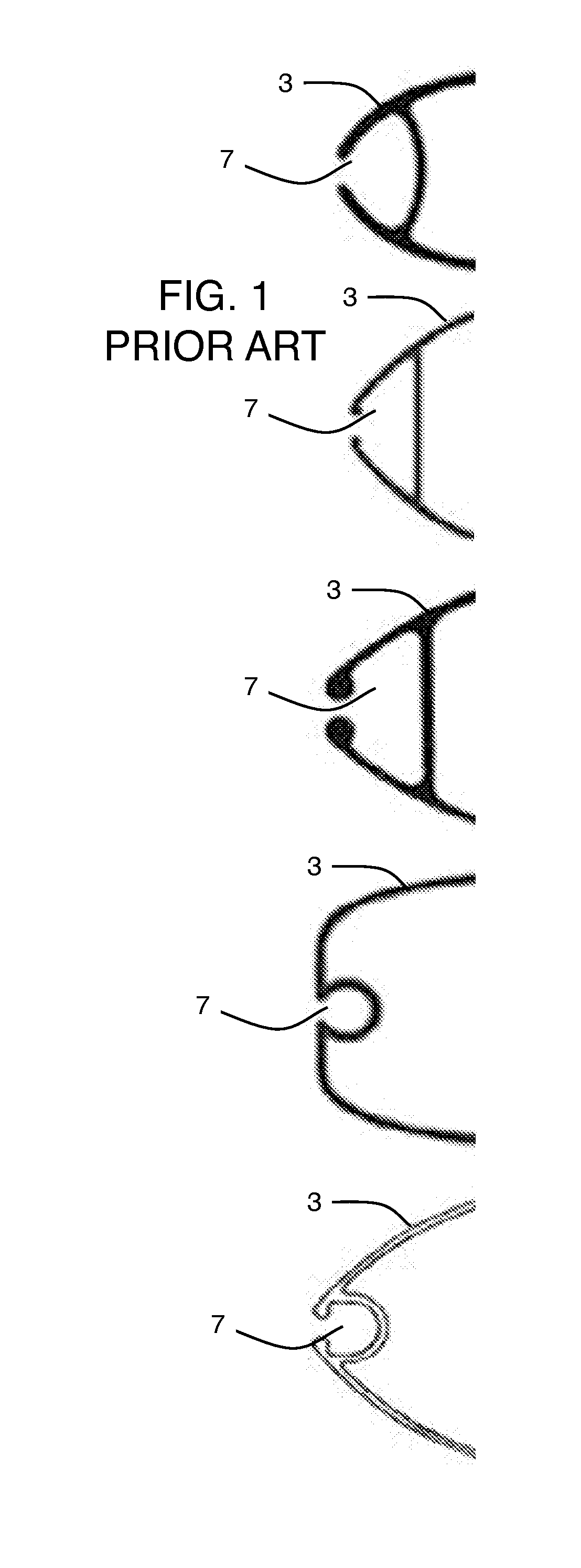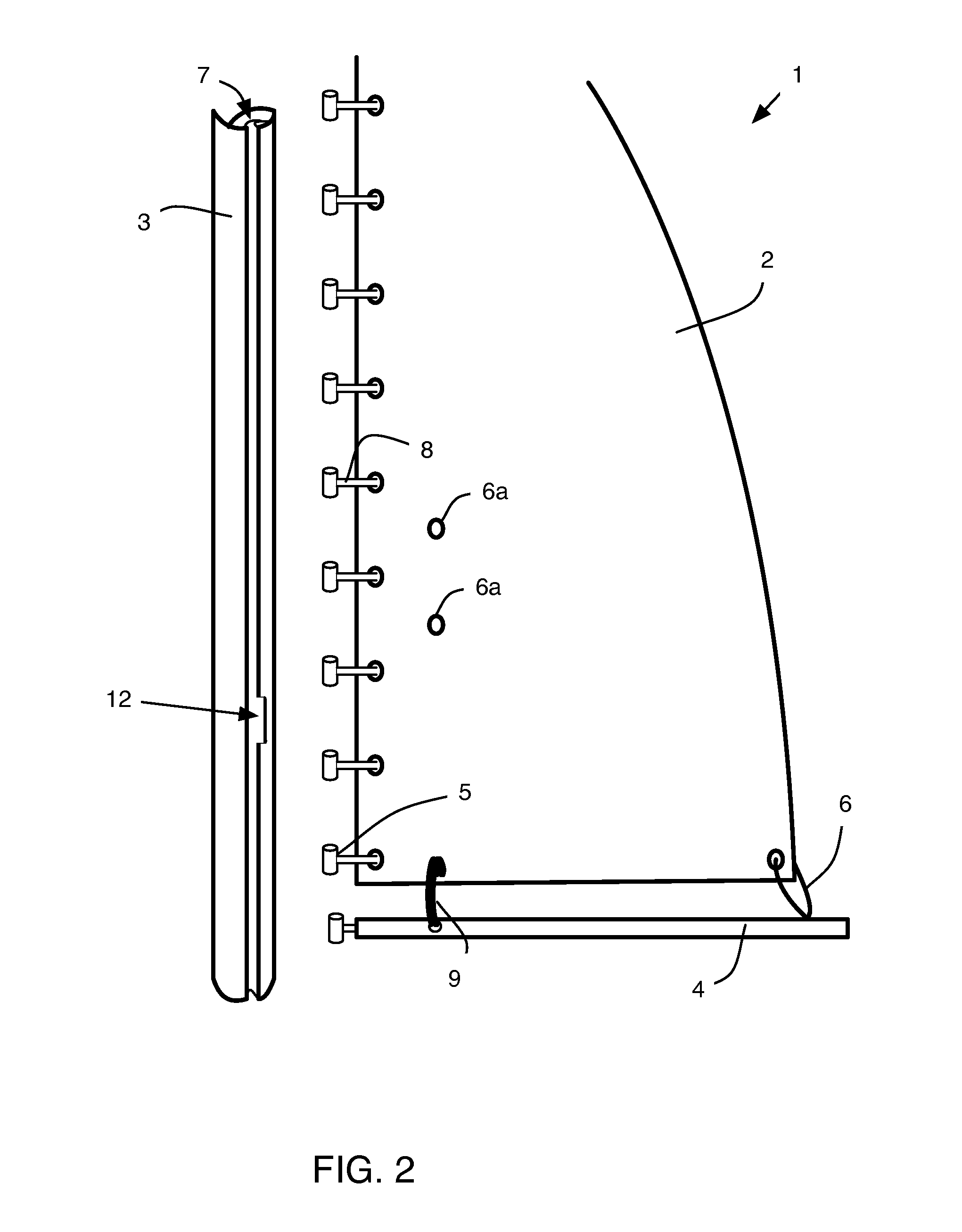Gateway plate device for a slotted mast or spar having a channel.
a technology of gateway plate and inward slot, which is applied in the direction of special-purpose vessels, marine propulsion, vessel construction, etc., can solve the problems of member sliding downwards, screw not being able to engage the threaded hole, and dragging the screw downwards, so as to achieve more headroom
- Summary
- Abstract
- Description
- Claims
- Application Information
AI Technical Summary
Benefits of technology
Problems solved by technology
Method used
Image
Examples
Embodiment Construction
[0068]Possible preferred embodiments will now be described with reference to the drawings and those skilled in the art will understand that alternative configurations and combinations of components may be substituted without subtracting from the invention. Also, in some figures certain components are omitted to more clearly illustrate the invention.
[0069]The conventional teaching in this art instructs a head-up method of attaching a sail into the mast. This requires precision control of the main halyard with one hand, slowly raising the head of the sail up, while the other hand aligns each sail slug, in its turn, into the sail slot track, till all is pulled up in progression before installing a track-stop device above the slot opening. This conventional method, however, is problematic. For example, sometimes while admiring a raised sail, a sailor may notice a sail slug waving for your attention to unload the sail and start over again. Or, when dropping a sail, the track-stop can dis...
PUM
 Login to View More
Login to View More Abstract
Description
Claims
Application Information
 Login to View More
Login to View More - R&D
- Intellectual Property
- Life Sciences
- Materials
- Tech Scout
- Unparalleled Data Quality
- Higher Quality Content
- 60% Fewer Hallucinations
Browse by: Latest US Patents, China's latest patents, Technical Efficacy Thesaurus, Application Domain, Technology Topic, Popular Technical Reports.
© 2025 PatSnap. All rights reserved.Legal|Privacy policy|Modern Slavery Act Transparency Statement|Sitemap|About US| Contact US: help@patsnap.com



